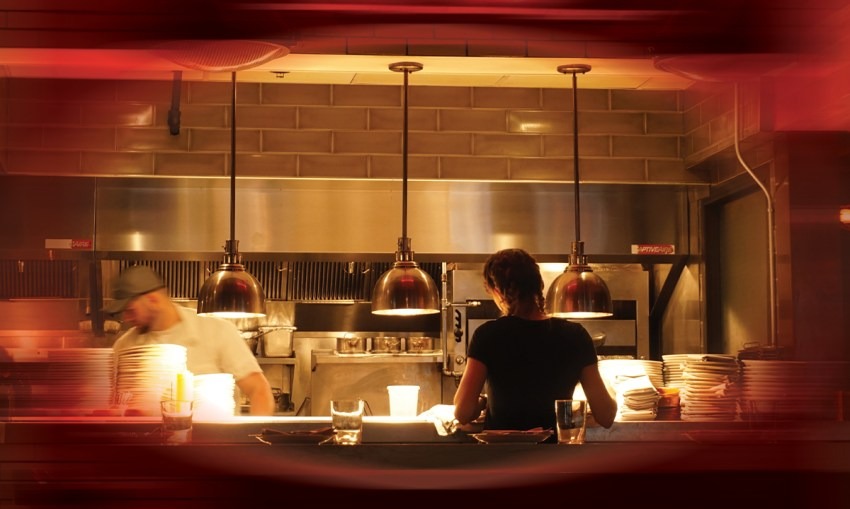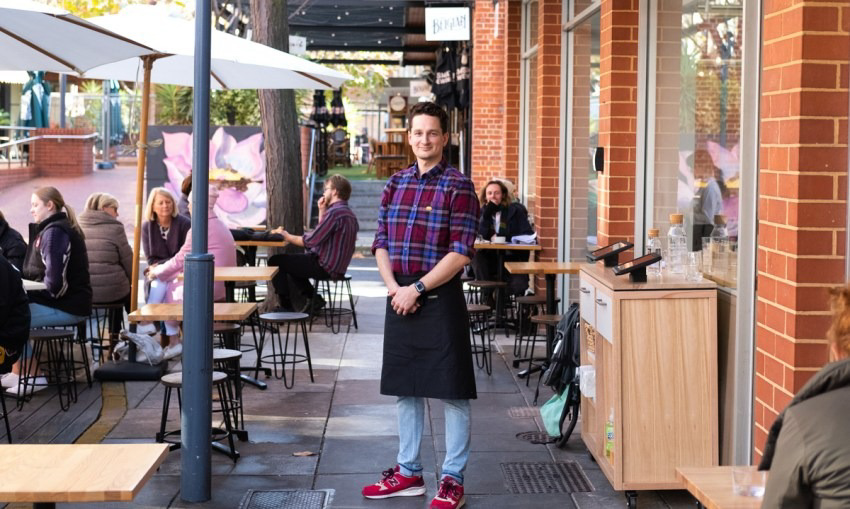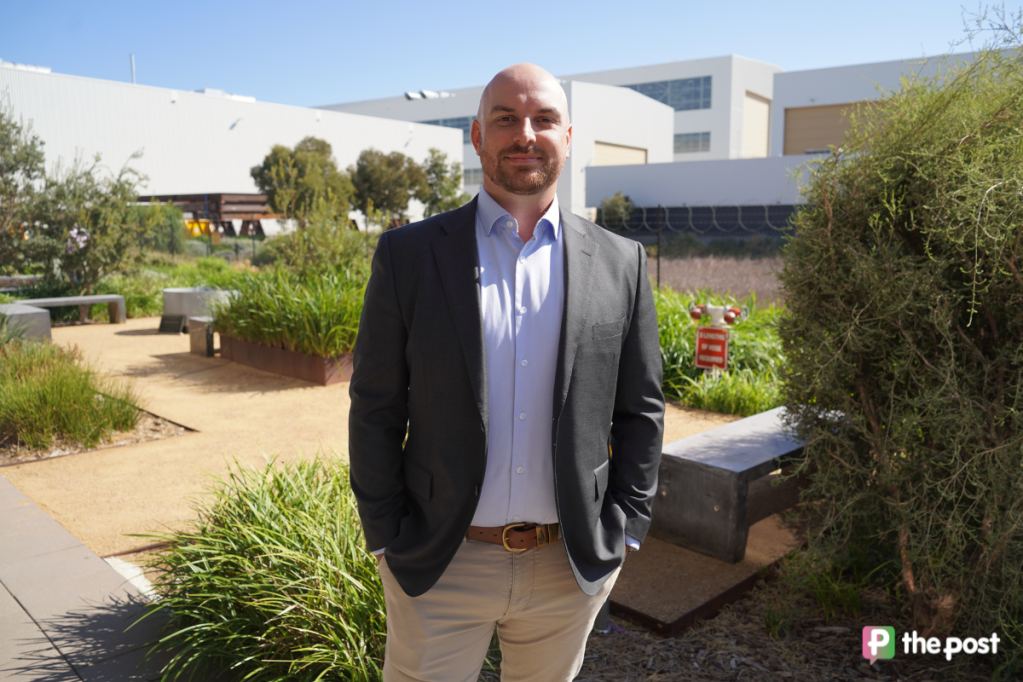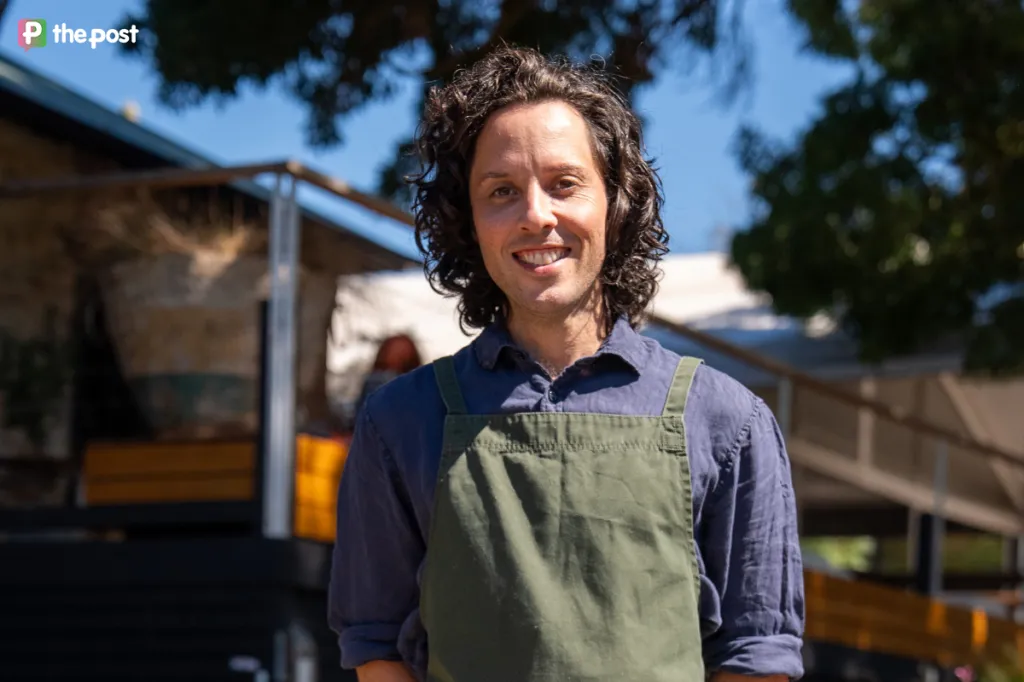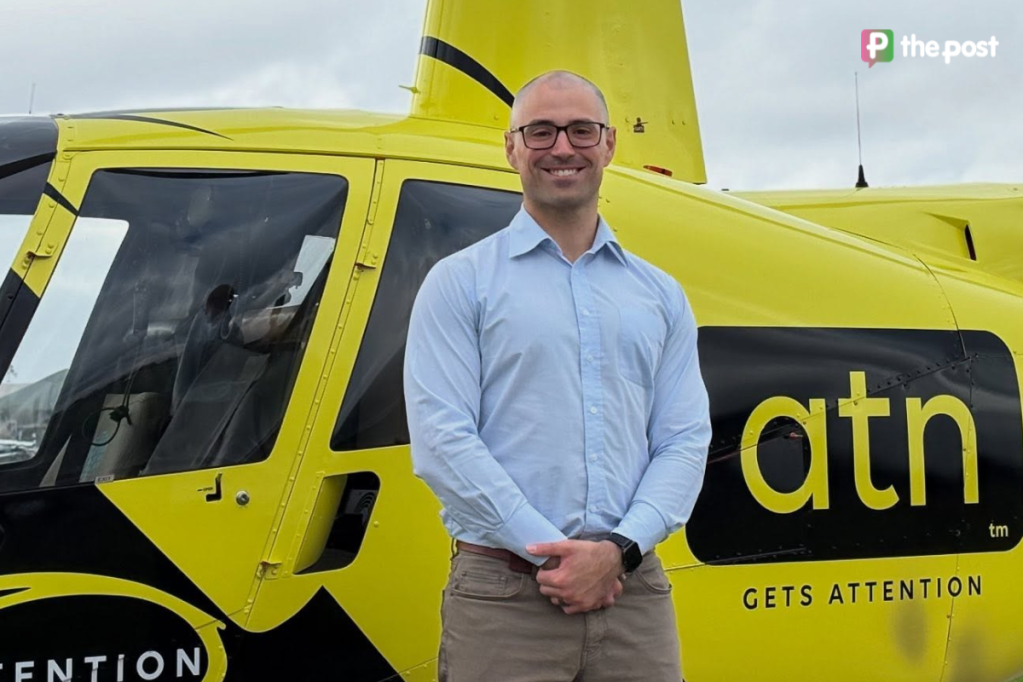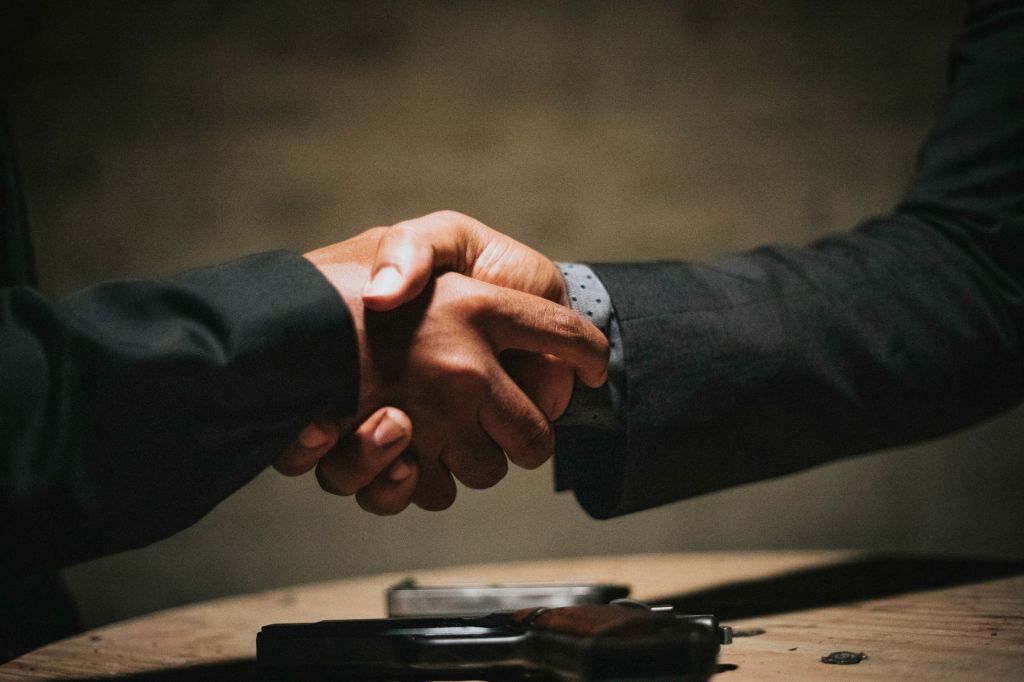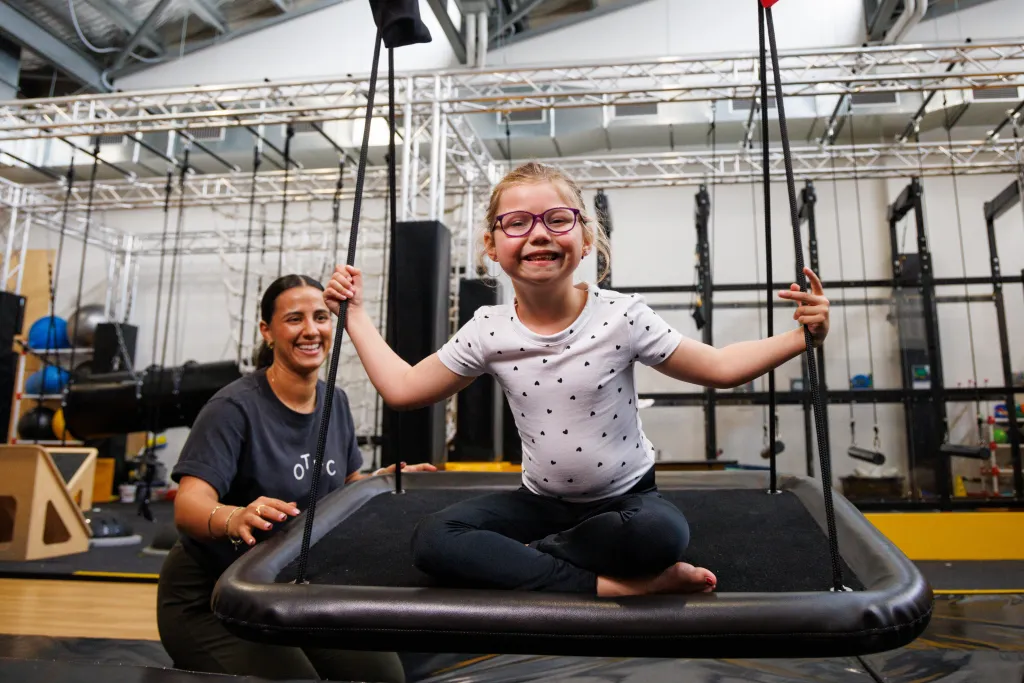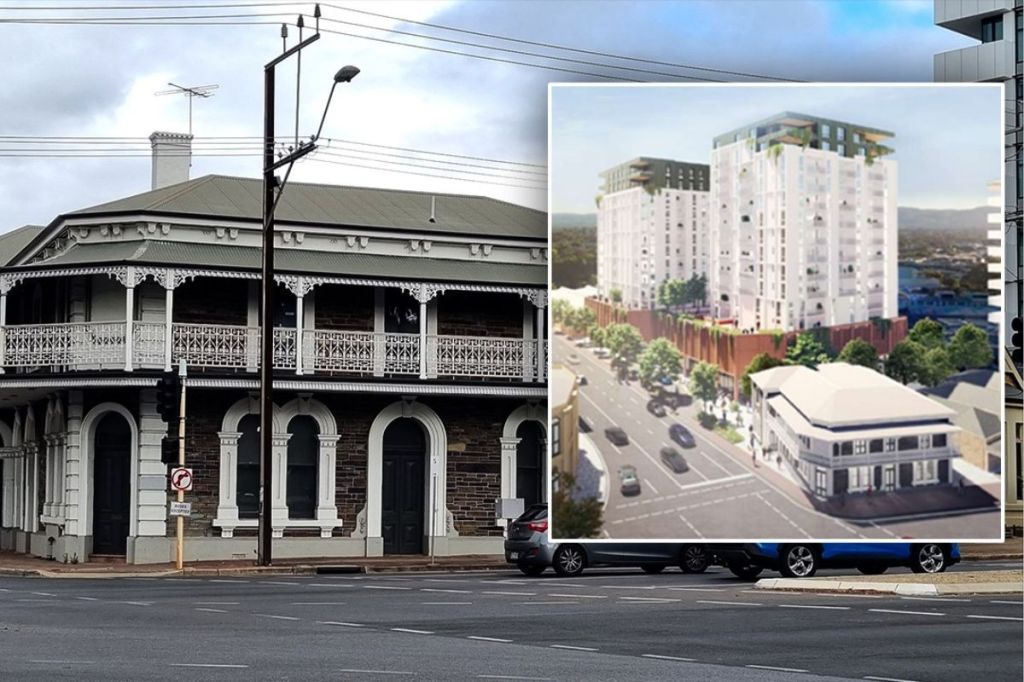The real price of a damn good cup of coffee
After an alarming report claiming coffee in Australia is way too cheap, CityMag lifts the lid on rising prices and international factors putting the squeeze on local roasters, baristas and aficionados.
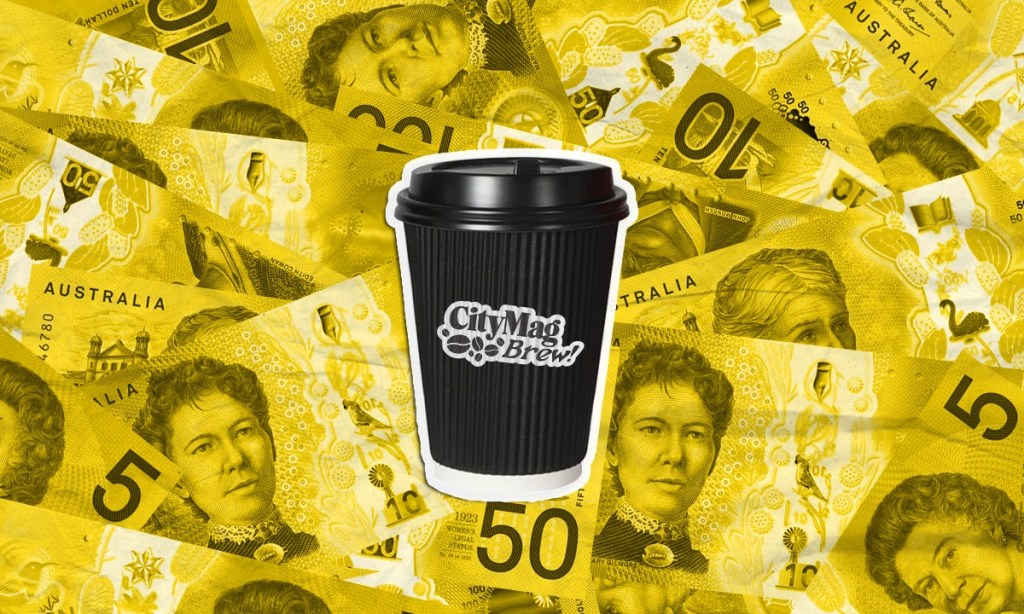
According to The Conversation, Australians pay very little on average for their cup of coffee compared to other countries around the world.
On average, Australians spend $4.78 for a small flat white. In Switzerland, the average price is $10.16, in Athens it’s $9.95, and in San Francisco, it’s $8.03.
For a country that prides itself on coffee culture, it’s a cheap comparison.
This is where the locals are at
Within the last two weeks, coffee roaster and café owner Jimmy Barry has raised coffee prices at Paddy Barry’s from $4.60 to $5.
“I wanted coffee to still be accessible for, can’t say everyone, but [as many people as possible],” Jimmy says.
“But then it just got to a point where all my overheads just keep going up and up, and the price of coffee that I’m buying was going up, everything’s going up.
“I had to, I didn’t really have a choice.”

Jimmy sipping some good coffee
Jimmy says he put off raising prices because he “didn’t want to lose customers”.
While “a lot of people complain these days about the price of coffee”, he believes some drinkers don’t understand what goes into their regular caffeine hit.
“All the coffee [Paddy Barry’s] gets is from South America,” he says.
“To get it from there, to my hands and then to our customer’s hands, there’s just a huge process and I don’t think a lot of people understand that.”
Jimmy says prices also reflect the farmers, distributors and everyone along the way getting fair pay.
“The guys that we buy from, they want to make sure that they’re paying what’s fair to these farmers in South America. But then, of course, with that comes them also needing to pay their staff and their own overheads.”
You might like
Should $7 per coffee be the new norm?
Owner of coffee roastery Dawn Patrol and co-owner of café FKA, Dom Ossa, says $7 for a standard cup of coffee is “probably a little bit more accurate” to represent what goes into it.
“If we were to price it accordingly, we should really be seeing coffee $6 or $7 per cup, if I’m honest to you,” Dom says.
“And that’s still probably a reasonable cost for a cup of coffee.
“It’s really quite difficult to get the general public to understand, because people think $6 is expensive. So imagine trying to raise that by $1, or even 50 cents – I think we’d find it really difficult.”

Let’s pour it out
Dom explains to CityMag what goes into a regular cup of coffee:
“The cost of milk is one of the big costs of a cup of coffee. A two-litre carton of milk can be costing $4… if you break that down to per cup of coffee, you’re talking 50 cents, 60 cents per cup, which is way more than the coffee itself,” Dom says.
Dom mentions the cost of the coffee itself “can be anywhere between 30 to 40 cents” per cup.
“And then for one barista to make that cup of coffee, that’s going to be costing about $1, $1.50 depending on how long it takes them and how efficient the barista is,” he adds.
“You’ve not even included overheads, we’ve not even included electricity and the lease on the building, and cost of water and gas or whatever else. We’re talking about the raw materials.”
He says that’s “$2.50 gone already”.
Dom uses the rule of thirds— what “hospitality [businesses] need to function properly” — and he says by multiplying that $2.50 by three, it shows that $7 is a fairer price.
“If you’re only making…$2.50, say, [when] you’re selling it for $5, you’re really not making any money off that cup of coffee at all. So it’s not sustainable to continue doing that,” he says.

Dom suggests ways for coffee shops to make money is through their food options — which he says is one of the reasons food prices have increased on café menus — as well as selling less milk-based coffee.
“Now the problem is when you’ve got a cost-of-living crisis is that people don’t go for food as often as they used to. So now it goes back to well, our coffee margins need to work now a bit more efficiently,” he says.
“And so you start looking at the business that way, and you think, well, we’re making 200 cups of coffee, how can we actually make some money out of this that’s sustainable, rather than it just being a portion of the business that kind of ticks over.”
It’s a team effort
Davide Cavuoto, co-owner of small batch roastery and café Coffee in Common, thinks the price of coffee should go up collectively, but there can’t be “one or two places that increase the price”.
“Just say if Coffee in Common, and maybe a couple of other cafes put up their prices by like a dollar or two, we might lose like 10 to 15 per cent of our customers to another place that refuses to put up their coffee and will just continue to absorb the cost, and you can’t really compete like that,” Davide says.
Stay informed, daily
“People are spoiled for choice with coffees, and it’s better for customers to have that competition. We’ve seen it with Coles and Woolworths at the moment, just because they’re the main two supermarket chains, they’ve pretty much just been able to dictate the price on things.
“Whereas our situation is the opposite. Because there are so many coffee shops, we can’t really dictate the price as readily as what they can. The power is very much with the customer.”

Davide at Coffee in Common
Davide explains some problems with roasting and making specialty coffee today is because of “a general increase in price to get stuff into Australia”.
“We’ve seen a price increase with raw coffee, so the green bean that we buy in has gone up in price [because of] different factors like climate change [which] has decreased the amount of coffee that’s being produced from places like Brazil, where a lot of coffee does come from,” he says.
“Freight has increased. As an example, it’s really, really hard to get coffee out of Ethiopia at the moment, just because of the current climate with their government.”
Davide says these factors, plus experiencing a cost-of-living crisis at the same time has “put a bit of a squeeze on the industry”.

This picture: Johnny von Einem
Although the cost-of-living crisis is affecting all small businesses, Davide explains that it’s different for night-time traders offering alcohol and specialty coffee stores, despite falling under the same “umbrella”.
“I think coffee is seen as more of an essential item. So people will look to get that maybe every day, maybe two to three times a day,” he says.
“But then when you look at going out for a wine or some food, that’s definitely seen as a luxury.
“So coffee I think awkwardly falls between that — you’re getting someone basically to hand make you something, so everything that goes into that cost something: so different milks, different coffees, different sizes, sugars added [etc.].
“But at the same time, I think people have an expectation that they’re not going to pay too much for it. So that’s sort of that awkward ground where yeah, probably [is] a luxury to get your coffee made for you. But people don’t want to put that cost, especially because they might be buying two to three a day.”
This goes beyond postcode 5000
When comparing the differences between coffee prices in Australia and other countries, Davide says “I think it should be more expensive [in Australia]” for numerous reasons.
“Australia does hold a pretty high base wage for people who are working in hospitality; however, I do also understand that the cost-of-living here is quite high,” he says.
“So myself as an example, I do not want to pay my staff less because they definitely deserve to be paid what they are paid.
“But then again, it’s just trying to find that middle ground between keeping customers happy and then not charging them too much for a cup of coffee, but still being able to pay my staff accordingly for the work and the time that they’re putting into each cup of coffee.”

Some Coffee in Common beans
Davide thinks “increasing the price of coffee is a necessity if Australia wants to keep purchasing or being able to purchase high-quality coffee”.
He sees a broader problem for coffee culture in Australia as a whole.
“[Internationally] their margins on a cup of coffee are a lot higher [and] things like utilities, wages, even stuff like rent isn’t as expensive as what it is here, yet they’re charging more for a cup of coffee,” Davide says.
“Essentially, what’s happening is that a lot of big roasteries and big green beans suppliers overseas are starting to buy up all premium coffees because they can afford it, whereas in Australia, because a lot of places are having to absorb that cost, we don’t have as much of a budget to buy this kind of stuff like we have in the past.”
Davide says from his experience as a coffee roaster who ships internationally, there’s concern about this becoming a trend.
“If all the good coffee is going to Asia and Europe, then essentially what’s happening is that these places are just going to start drip-feeding Australia some green coffee that might not be up to the standards we’re used to here.
“So we actually might start seeing a drop in quality, but we won’t necessarily see dropping in price.
“I feel like if things don’t change soon, we might be forced into that predicament which I don’t think will be good for the industry as a whole.”
Davide says “it’s starting to happen now” but “not to a sheer volume” and thinks it will be most prevalent in around five years’ time
“And I think that the more money that [international roasters] generate, and the less money that we generate here, the more it is going to happen.

